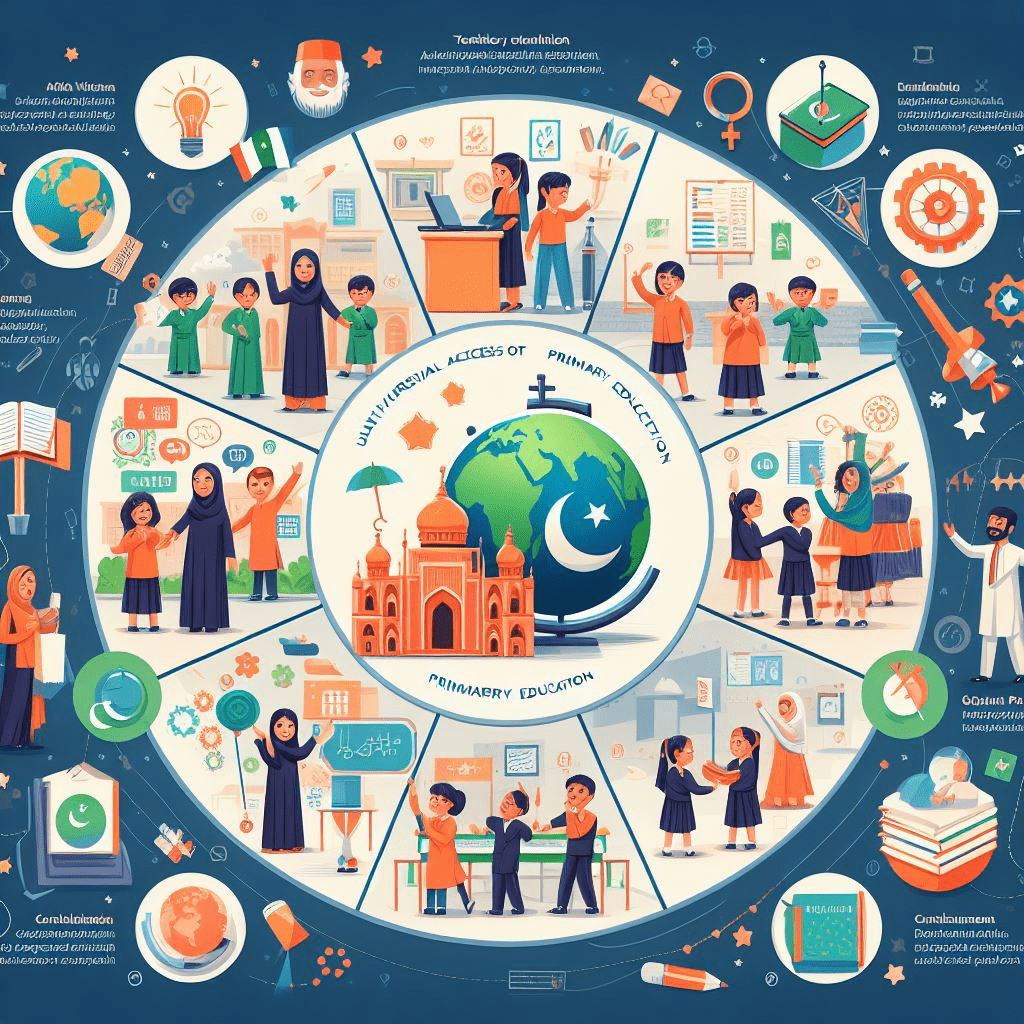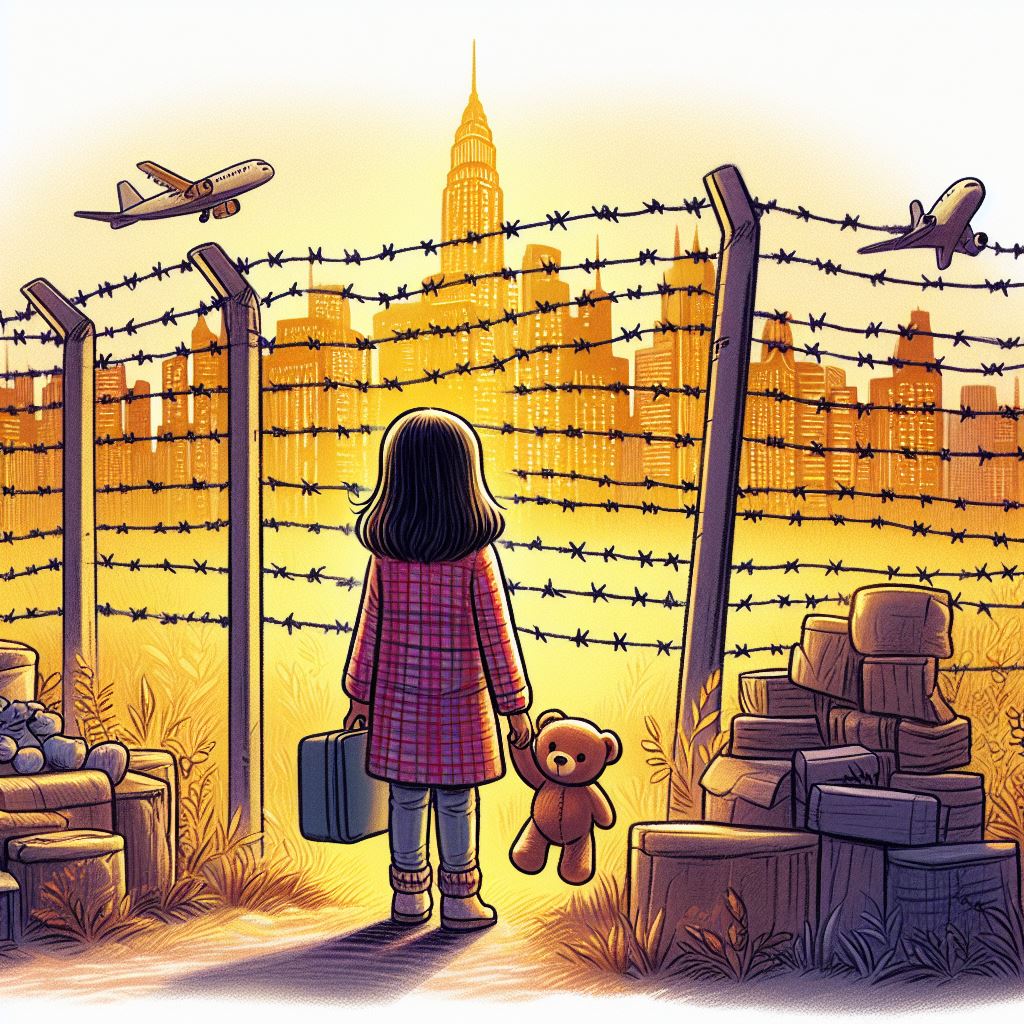As stated in the Universal Declaration of Human Rights 1948, Primary education is the basic right of all human beings. Those states which ratify this convention take measures to ensure the provision of education to every child of appropriate age. After Pakistan’s independence, the literacy rate was quite low.
Landscape of educational policies for children in Pakistan
To address the issue, the Primary and Secondary Education Committee was set up upon recommendations of all Pakistan educational conference, 1947. This committee suggested to make education compulsory and free for the children. They also suggested that education in Pakistan should follow the Islamic idea of brotherhood along with principles like fairness and Equality For All in society.
The National Commission for Education was established in 1959. The main purpose of this commission was to create a balance between the social, political and economic needs of a nation through its education system. In 1970, the first official Education Policy was introduced. This policy aimed to integrate primary and middle education institutions with elementary schools to enhance literacy rates among the population, emphasize elementary education and promote adult education supported by the National Literacy Corporation. Islamic Studies became mandatory up to the fifth grade. Afterwards, the National Education Policy 1972-1982 was put forward to offer free education but failed due to political instability. Thus, the government introduced a new education policy in 1979. This policy stressed the need to utilize local resources to meet educational goals.
The National Education Policy from 1998 to 2010 has indicated elementary education as the cornerstone of the whole education system. In the beam of the Universal Declaration of Human Rights and the Convention on the Rights of the Children, this policy focused on the fact that education is the right of every child. The government should consider it an obligation rather than just an idea.
At that time, there were over 5.5 million kids between 5 and 9 years old who were not going to school. Nearly 45% of the children were not going to school or left the school before they finished. Moreover, one out of every four teachers needed to be properly trained to teach the kids. To address this, it was suggested that more children should be encouraged to go to school. The aim was to achieve 71% of child enrollment in school by the year 2002-2003 and then raise that number to 90%. By 2010, this policy aimed to push the enrollment to 105%.
To make sure the plans laid out in the National Education Policy from 1998 to 2010 were carried out expeditiously, the government introduced Education Sector Reforms from 2002 to 2004. Their goal was to speed up the changes needed in the education system as outlined in the earlier policy. These reforms emphasized primary education and urged to ensure every child can get a quality education in a primary school. A goal set to double the enrollment rate. To do this, It was planned to improve the current infrastructure of the schools and establishment of new ones. It was also proposed to set up Basic Community Schools to increase child enrollment.
Additionally, it aimed to give free textbooks to all children and provide free braille books for visually impaired children who were in primary school. In this way, all children, regardless of their abilities, could have the tools they needed to learn. A new law as a Compulsory Education Ordinance, was introduced to meet the goals set by Universal Primary Education Platform.
Another policy was presented by the government of the Pakistan People’s Party in 2009. The goals set for primary education were ambitious. It aims to enroll every child in school by the year 2015. To achieve this, efforts were made to gather enough money to support the goals of Education for All (EFA). International Development Partners were invited to help expand school facilities using a carefully crafted plan. Using ecological approach, it was tried to make schools a place where children can grow and thrive.
Additionally, it planned to introduce incentives like providing food and financial support to needy children so that they encourage to join school and decreasing the dropouts. Primary schools were proposed again to be updated with more advanced education facilities. Despite this, Pakistan is still struggling with second highest number of out-of-school children. Below are actionable recommendations to increase child enrolment and decrease dropout ratio.
Bottom Line
Why are were falling behind? The simple answer is deep routed systematic flaws in education system. Despite primary education a compulsory and establishment of School Advisory Councils in respect Education Laws, the numbers of Out-of-School Children are increasing. it is a high time to realize our future lies in education of out children, specially girls.











